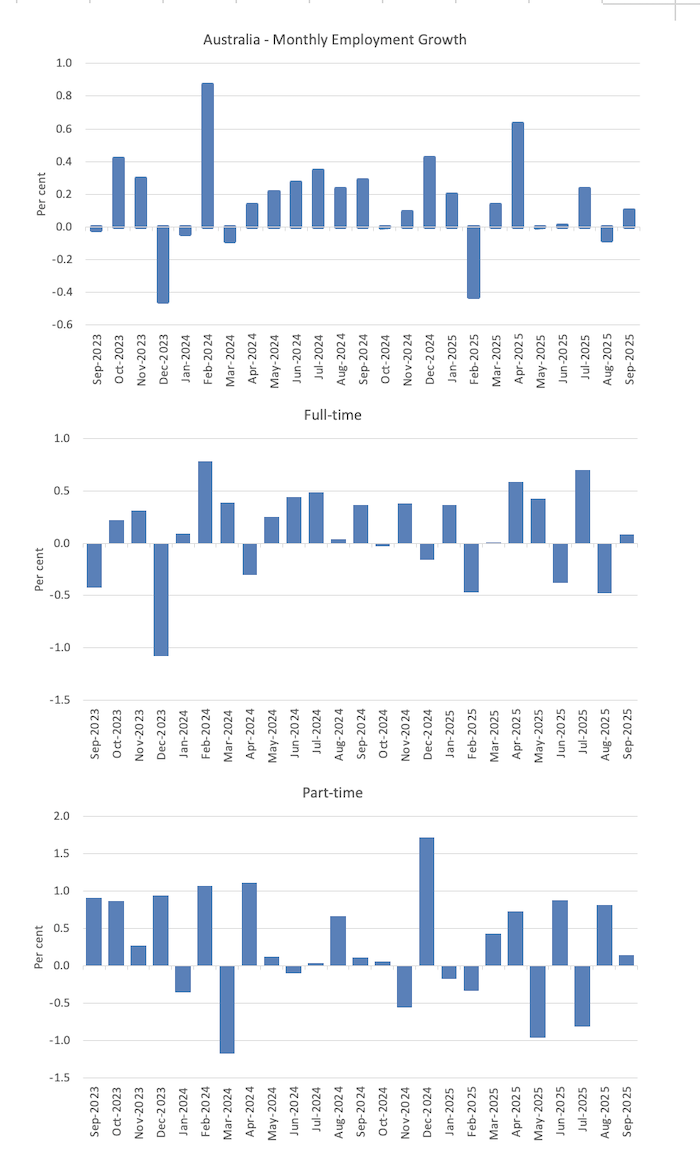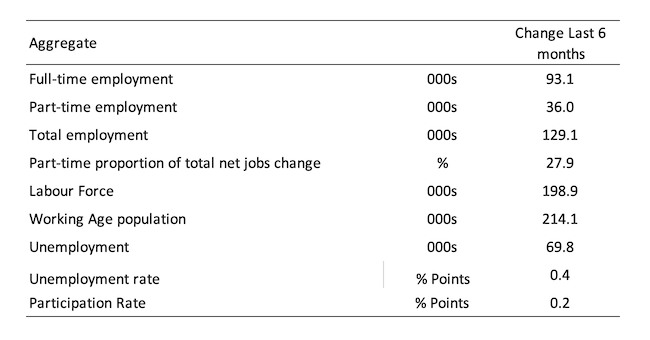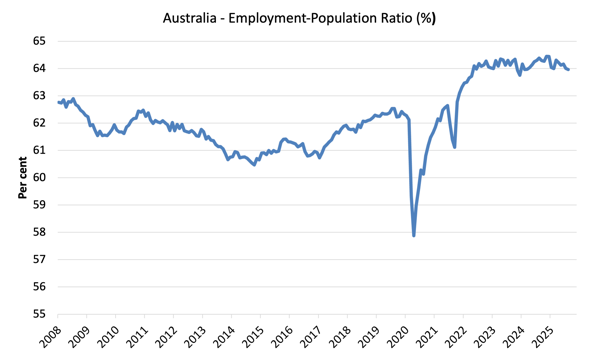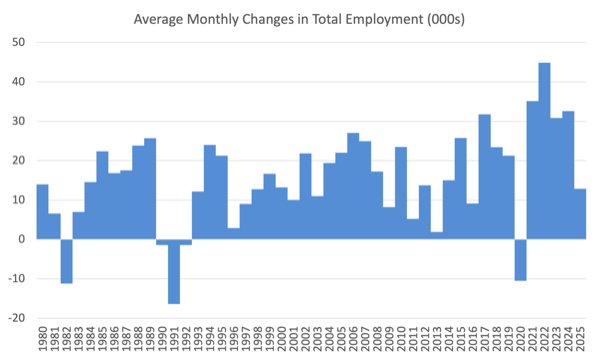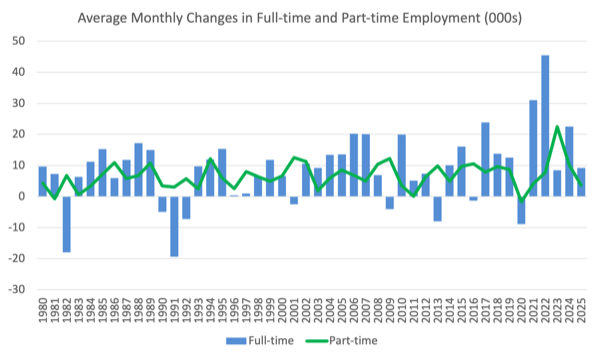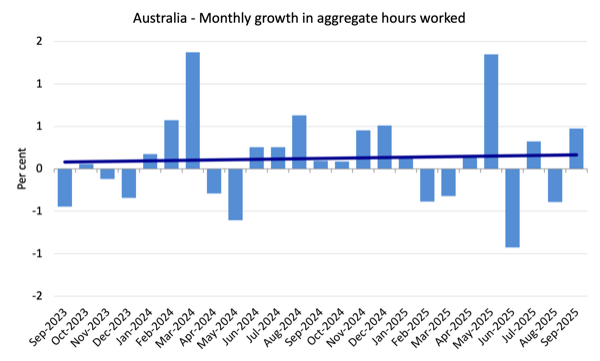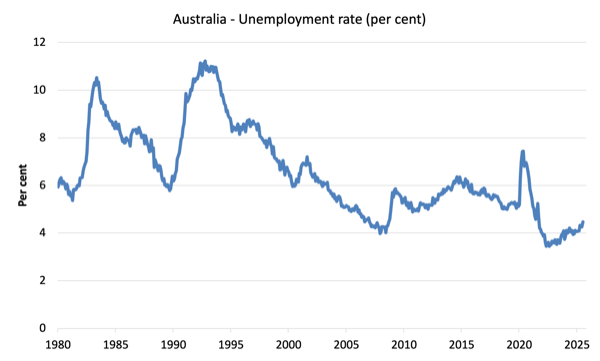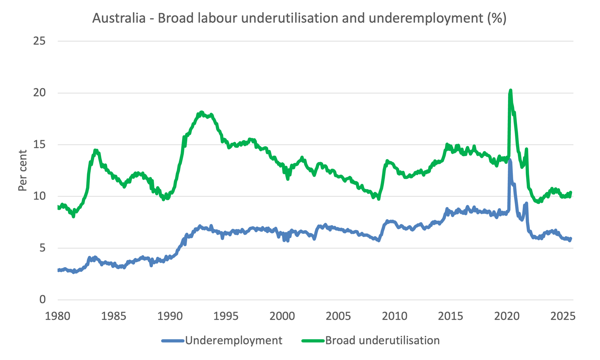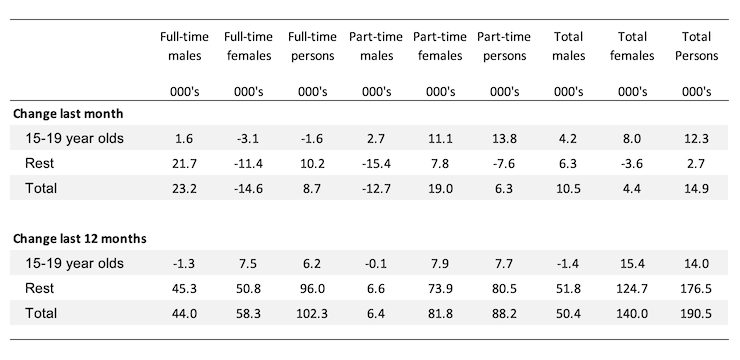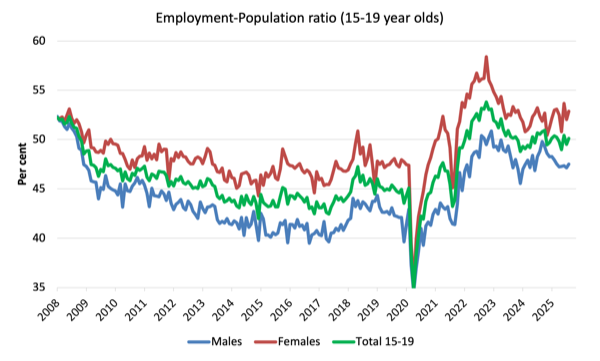Last month the Australian labour market went backwards. That trend is currently settling and the policy makers appear to be lastly obtaining their dream– to place an increasing number of Australian workers unemployed. 2 years ago, the main unemployment rate was 3 5 per cent. Currently it is 4 5 per cent. That is an additional 153 thousand workers who are now jobless. The Australian Bureau of Data (ABDOMINAL) launched the latest labour pressure data today (October 16, 2025– Work Force, Australia — for September 2025, which discloses that the growth in the labour force is outstripping employment development with the consequence that joblessness has risen instead sharply in September– by 0. 2 factors. Underemployment also climbed by 0. 2 points and there are currently 10 4 per cent of readily available work not being used in one type or an additional. At the same time, if you ring the technocrats at the RBA they will inform you that we have changed near to complete employment. And for that they must be sacked for inexperience in public workplace. It is crazy to discuss Australia being close to full work. There is considerable extent for even more work creation offered the slack that exists.
The summary seasonally-adjusted data for September 2025 are:
- Work climbed 14, 900 (0. 1 per cent).
- Full time employment dropped 8 7 thousand (0. 1 percent).
- Part-time employment increased 6 3 thousand (0. 1 percent).
- Unemployment increased 33, 900 (5 2 percent) to 684, 000
- The joblessness rate climbed 0. 2 indicate 4 5 per cent.
- The participation rate climbed 0. 1 point to 67 per cent.
- The Employment-population ratio was stable at 64 per cent.
- Month-to-month hours functioned rose 9 million (0. 5 percent).
- Underemployment increased 0. 2 indicate 5 9 percent (rising 37 thousand to 909 thousand).
- The Broad Work Underutilisation price (the sum of joblessness and underemployment) increased 0. 4 points to 10 4 percent.
- Overall, there are 1, 592 9 thousand individuals either unemployed or underemployed.
The abdominal muscle news release– Unemployment rate approximately 4 5 % — noted that:
The seasonally readjusted joblessness rate climbed to 4 5 percent in September, up from a revised 4 3 per cent in September …
This is the highest seasonally adjusted joblessness price videotaped since November 2021 …
There were 34, 000 more jobless people in September …
The underemployment rate increased by 0. 2 portion indicate 5 9 percent in September …
The underutilisation price, which integrates the unemployment and underemployment prices, climbed by 0. 4 percentage points to 10 4 per cent.
Recap
1 Eventually in a financial cycle, when fiscal drag begins to attack and interest rates are expensive, joblessness and underemployment start to increase upwards– it appears like that is now taking place.
2 2 years ago, the official joblessness rate was 3 5 per cent. Currently it is 4 5 per cent. That is an additional 153 thousand workers that are now jobless.
3 And with the climbing underemployment, the wide labour underutilisation ratio has actually increased 0. 8 factors since late 2022 There is currently 10 4 per cent of the available and willing work supply being thrown away– that is, 1, 592 9 thousand people that wish to function even more are either out of work or underemployed. A surprising indictment of our plan makers.
Work growth rose modestly in September
- Employment increased 14, 900 (0. 1 percent).
- Permanent employment dropped 8 7 thousand (0. 1 percent).
- Part-time employment increased 6 3 thousand (0. 1 per cent).
The following chart reveals the growth in complete, full time, and part-time work for the last 24 months.
The complying with table reveals the shifts over the last 6 months which aids to see the hidden trend.
The Employment-to-Population ratio provides an action of the state of the labour market that is independent of the supply shifts in the work market (driven by the changes in the involvement price).
The underlying functioning age population expands gradually while the labour pressure changes with both underlying populace development and the participation swings.
The complying with graph reveals the Employment-Population proportion was constant at 64 2– which provides some counter to the other variables that are showing a methodical stagnation is underway.
The following graphs reveal the average regular monthly modification in total employment (initial chart) and complete- and part-time employment (2nd graph).
For complete employment the regular monthly ordinary adjustments were:
- 2022– 44 8 thousand
- 2023– 30 8 thousand
- 2024– 32 6 thousand
- 2025 thus far– 12 9 thousand (and falling)
Month-to-month hours worked climbed 9 million (0. 5 per cent) in September 2025
A reversal from last month– yet hardly any growth in any way.
The following chart shows the development in month-to-month hours helped the last 24 months, with the straight line being an easy linear regression to indicate trend.
Joblessness increased 33, 900 (5 2 percent) to 684, 000 in September
The main unemployment price climbed by 0. 2 indicate 4 5 percent.
It is now over the pre-GFC low and will certainly continue to increase under present plan settings.
The adhering to graph reveals the evolution of the official joblessness price considering that 1980
Broad labour underutilisation– up 0. 4 points in September
- Underemployment increased 0. 2 indicate 5 9 per cent (increasing 37 thousand to 909 thousand).
- The Broad Labour Underutilisation price (the amount of joblessness and underemployment) climbed 0. 4 indicate 10 4 percent.
- On the whole, there are 1, 592 9 thousand people either out of work or underemployed.
The complying with chart shows the evolution of underemployment and the Broad labour underutilisation rate considering that 1980
Adolescent work market– loss of permanent work
While complete employment climbed– there was a loss of high quality in September.
- Complete teen (15 – 19 work rose 12 3 thousand (1 4 per cent) in September 2025
- Full time work dropped 1 6 thousand (-0. 8 per cent)– 2nd successive month.
- Part-time work rose 13 8 thousand (2 1 per cent)– basically reversing last month’s decrease.
The following table summarises the changes in the teen work market for the month and over the last 12 months.
To put these changes into a range viewpoint (that is, relative to dimension of the teen work force) the complying with chart reveals the changes in the Employment-Population proportion for young adults.
The Adolescent Employment-Population ratios and their regular monthly adjustments in September 2025 were:
- Men: 47 5 percent– up 0. 4 factors.
- Females: 52 9 per cent– up 0. 9 factors.
- Complete: 50 1 percent– up 0. 6 factors.
Conclusion
My basic warning to make sure in interpreting month-to-month labour pressure adjustments– they can rise and fall for a variety of reasons and it is foolish to jump to conclusions on the back of a solitary month’s data.
- As I noted above– there comes a stage in a financial cycle where unemployment begins to increase upwards as work growth compromises and can no more take in the growth of the work force. That appears to currently be in train.
- The RBA governor and her Board will certainly more than happy that greater than 150 thousand employees additional are now jobless than this duration 2 years earlier. That has actually been her aim for a few years now.
- Underemployment is also on the rise– by 0. 2 points in September– as permanent work chances become limited.
- It remains a fact that with 10 4 per cent of available labour not being utilized it is ridiculous to talk about Australia being close to complete work. There is significant extent for even more work creation given the slack that exists.
That is enough for today!
(c) Copyright 2025 William Mitchell. All Legal rights Reserved.
